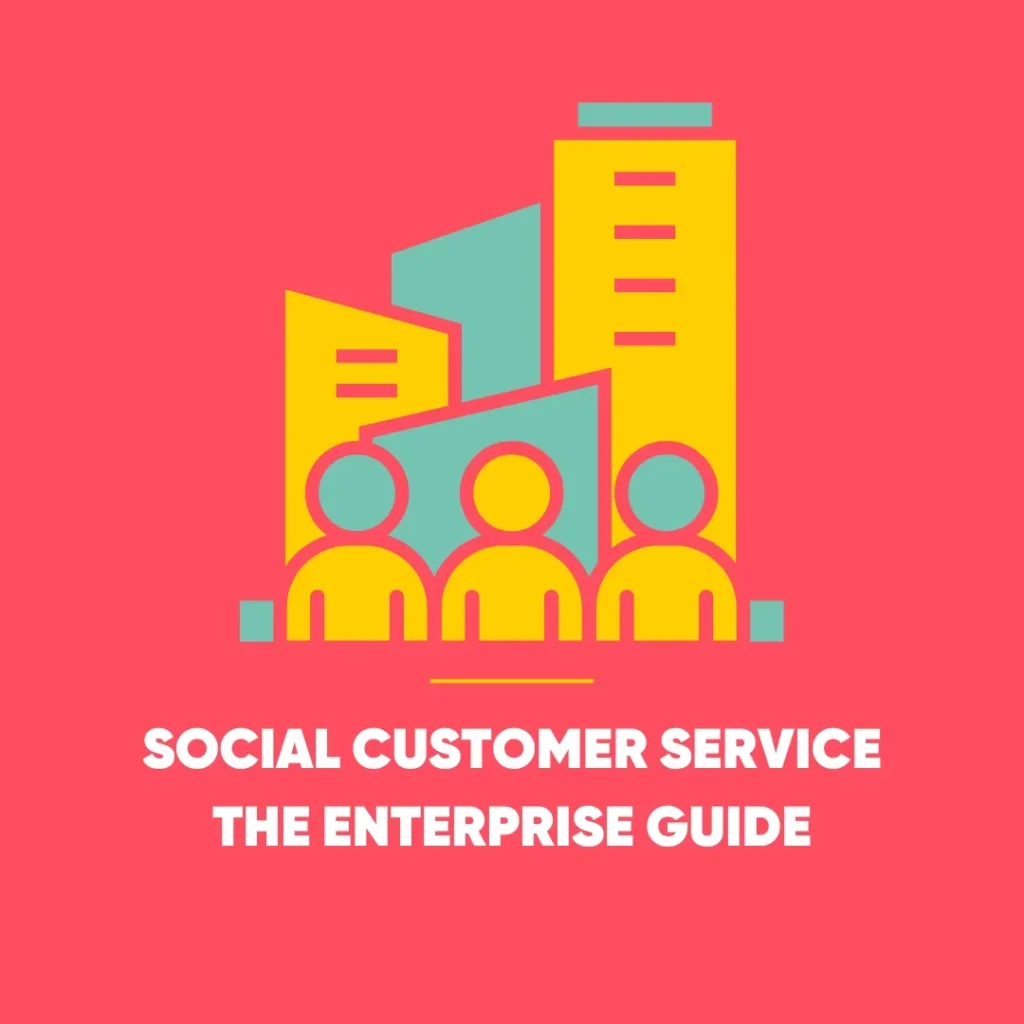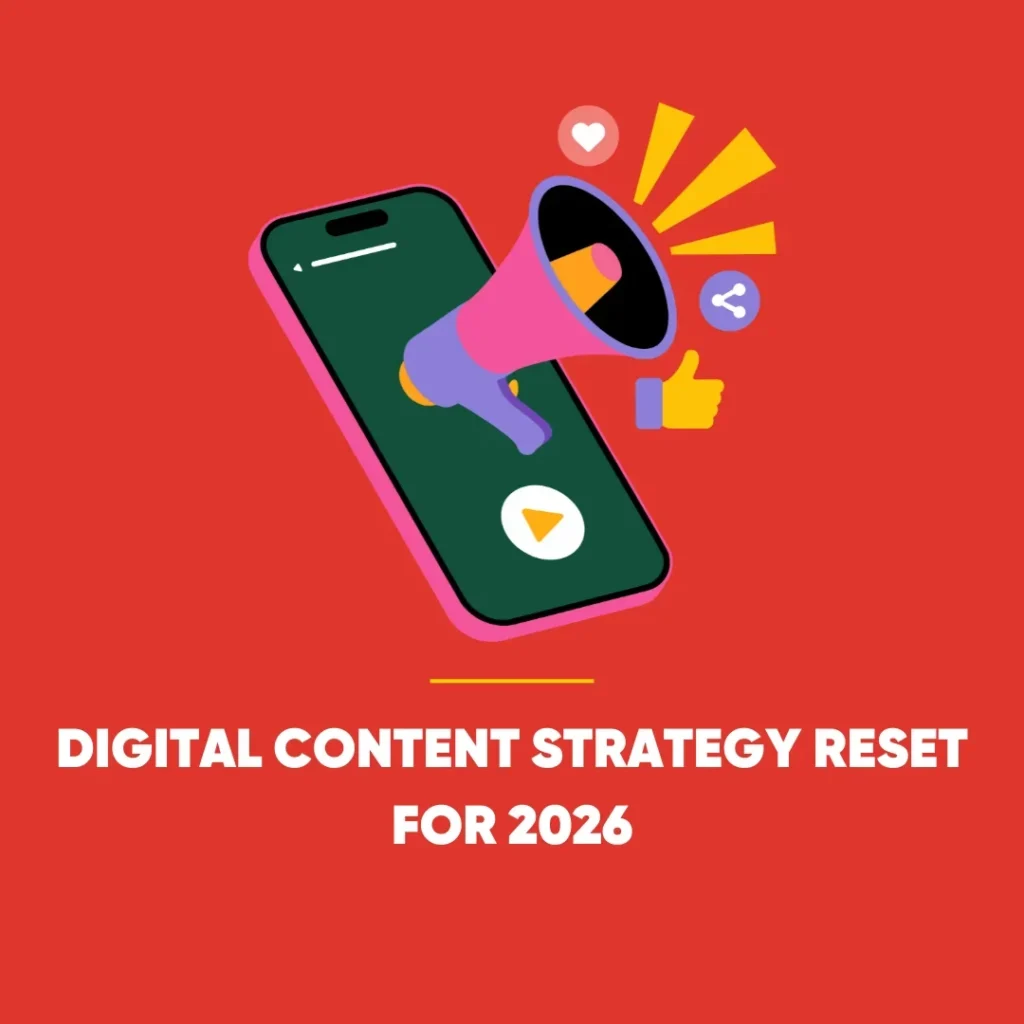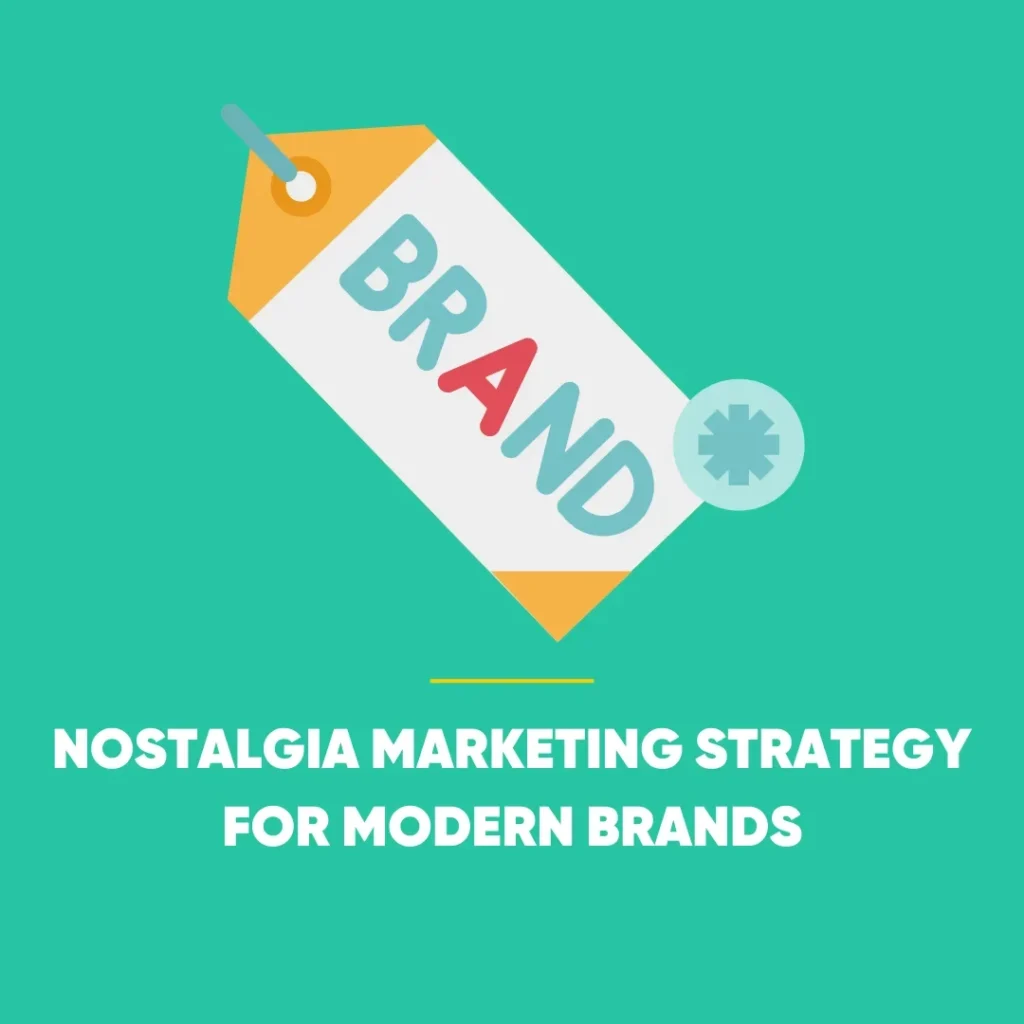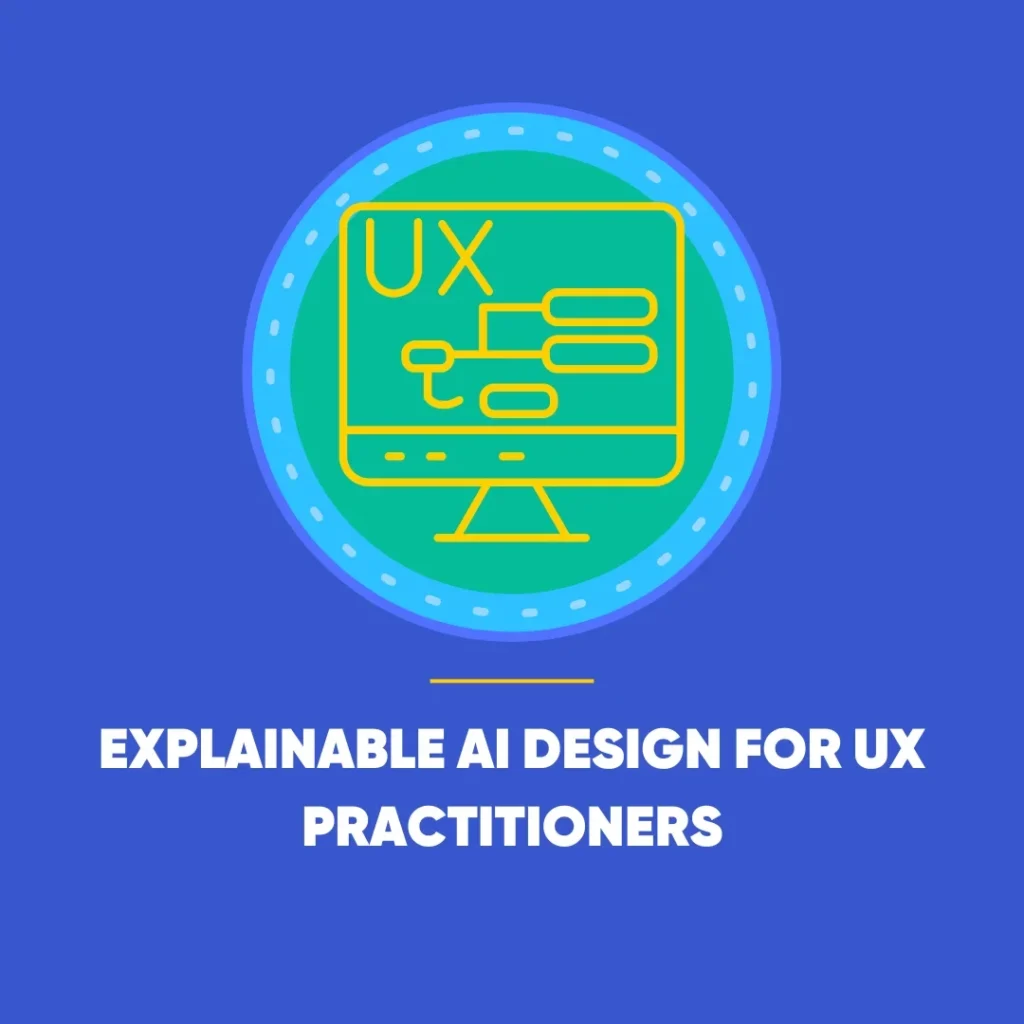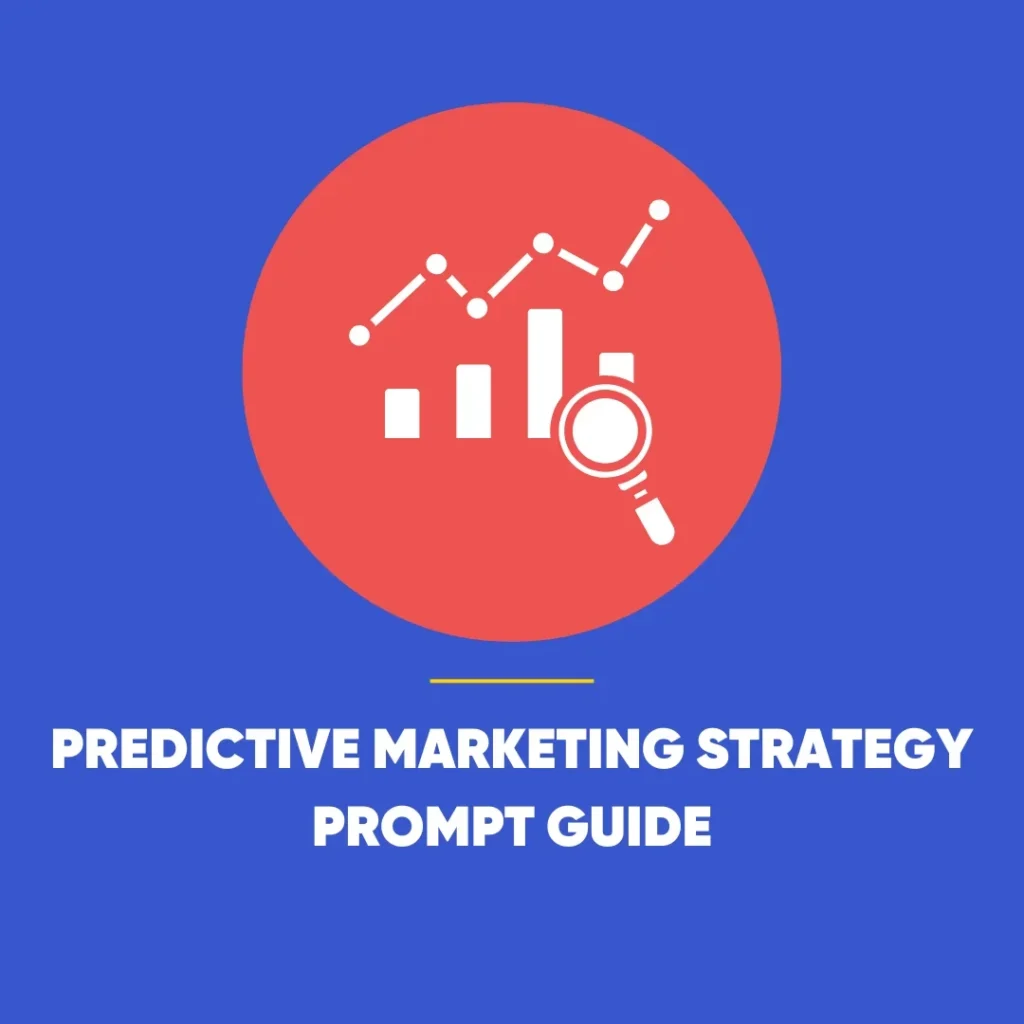Web Design Trends of 2024: Emerging Innovations and Declining Fads
As we progress into 2024, web design trends are poised for substantial transformation, driven by fresh ideas and groundbreaking innovations. Drawing from industry insights and expert perspectives, let’s delve into the web design trends anticipated to dominate this year:
Emphasis on User Centered Design
User centered design remains pivotal in web design. It focuses on crafting immersive experiences tailored to user behaviour, preferences, and pain points. This trend prioritises understanding the end user to create websites that are intuitive, engaging, and highly responsive to user needs. By conducting thorough user research, usability testing, and continuous feedback loops, designers ensure that the final product meets and exceeds user expectations. This approach guarantees high user satisfaction and effective product refinement. This method fosters a deeper connection with users, enhancing their overall experience and encouraging them to return.
User centered design also emphasizes accessibility, ensuring that websites are usable by people of all abilities and disabilities. This includes implementing features like screen reader compatibility, keyboard navigation, and appropriate colour contrasts. As the digital landscape becomes more inclusive, designing with accessibility in mind is not just a trend but a necessity.
The Rise of Kinetic Typography: Web Design Trends
Kinetic typography introduces dynamic movement to text, significantly enhancing engagement and interactivity. Experts predict that this innovative animation style will significantly impact 2024 by distinguishing websites through lively and captivating textual displays. Kinetic typography involves the animation of text in various ways whether through sliding, fading, or transforming movements. These animations draw attention to specific content and create a more memorable user experience.
Incorporating kinetic typography effectively requires a balance between dynamic effects and readability. Overdoing it can overwhelm users, but when executed thoughtfully, it can guide users through the content in an engaging and visually stimulating manner. This trend is especially useful for storytelling, where the movement of text can mimic the rhythm and pace of the narrative, creating a more immersive experience.
The Allure of Glassmorphism
Glassmorphism, characterised by creating translucent, glass like effects, is set to be a prominent trend in 2024. This design technique imparts a sophisticated and elegant look, elevating the visual appeal of websites and providing a contemporary aesthetic. By using semi transparent backgrounds with subtle shadows and highlights, glassmorphism creates a sense of depth and layering, which can make the interface more engaging.
This trend works exceptionally well in combination with other modern design elements like minimalistic layouts and vibrant colour schemes. It adds a touch of luxury and modernity without overwhelming the user. Implementing glassmorphism can also enhance the user interface’s usability by visually distinguishing different sections and elements on the page.
Impact of Oversized Text: Web Design Trends
In 2024, designers expect to see traction in oversized text as they use large font sizes to highlight crucial information. This trend creates bold and eye catching visual statements, drawing users’ attention effectively and enhancing readability and emphasis. Using oversized text strategically breaks up sections of content, making the website easier to navigate and understand.
Designers are leveraging this trend to create powerful visual levels that guide users through the most important elements of a webpage. By pairing oversized text with matching design elements such as images, icons, and whitespace, designers create visually compelling layouts. These layouts capture attention and communicate messages clearly and effectively.
Engaging Parallax Scrolling
Parallax scrolling, which creates a 3D illusion by layering elements, is anticipated to be a popular trend this year. This technique adds depth and intrigue to website designs, making them more visually appealing and interactive. As users scroll, background images move at a different speed than foreground images, creating a sense of depth and deep involvement.
This trend can be particularly effective for storytelling and narrative driven websites, as it allows designers to create a more engaging and dynamic experience. By carefully controlling the scroll speed and layering of elements, designers can guide users through a structured journey, making the content more memorable and impactful.
Appeal of Organic Shapes: Web Design Trends
Incorporating natural, fluid shapes into design, organic shapes are forecasted to be a significant trend in 2024. This approach introduces a whimsical and creative element to websites, moving away from rigid, geometric layouts to more free form, nature inspired designs. Organic shapes can soften the overall look of a website, making it feel more approachable and friendly.
These shapes can be used in various design elements, such as backgrounds, buttons, and illustrations, to create a more dynamic and visually interesting composition. The use of organic shapes also aligns with the growing trend towards natural and sustainable design, reflecting a broader cultural shift towards environmental consciousness and authenticity.
The Sophistication of Dark Mode
Dark mode, featuring dark colour schemes for a dramatic and elegant effect, remains a key trend. In 2024, this design choice is celebrated for its ability to provide a luxurious, modern look. It is also gentle on the eyes, especially in low light environments. Dark mode enhances visual appeal and improves battery efficiency for devices with OLED screens. This makes it a practical choice for mobile users.
Designers are experimenting with dark mode by combining it with vibrant colours, fades, and neon elements to create striking contrasts and visual interest. This trend can also reduce eye strain, offering a more comfortable viewing experience for users who spend long hours online.
The Charm of Illustrations: Web Design Trends
The use of custom illustrations can set a website apart from competitors, providing a distinctive and memorable user experience. Additionally, illustrations can be animated to add an extra layer of interactivity and engagement, making the content more dynamic and enjoyable for users.
Innovation with AI Generated Imagery
AI generated imagery is at the forefront of web design innovation, leveraging artificial intelligence to create unique images and graphics. This trend introduces a new layer of creativity and customisation, offering cutting edge visual content that sets websites apart. AI tools can generate a wide range of visuals, from abstract art to realistic images, providing designers with endless possibilities for creativity.
Using AI generated imagery can streamline the design process. It reduces the time and effort required to produce high quality visuals. As AI technology continues to advance, we can expect more sophisticated and customisable imagery options. These advancements will allow for highly personalised and visually striking website designs.
Simplicity of Bento Box Layouts: Web Design Trends
In 2024, designers expect the bento box layout to prevail, using a grid system for clean and organised design. This layout offers simplicity and elegance, ensuring a structured and user friendly navigation experience. Moreover, by dividing the content into distinct, bite sized sections, the bento box layout makes it easier for users to find and consume information.
This trend is ideal for content heavy websites, such as blogs, news sites, and e-commerce platforms. In fact, efficiently organising information is crucial in these contexts. The bento box layout also lends itself to responsive design, ensuring that the website looks great on any device, from desktop to mobile.
Declining Trends
The Decline of Flat Design
In 2024, experts expect flat design, characterised by flat colours and minimalistic graphics, to wane as a dominant trend. As designers seek more innovative and engaging methods to enhance web aesthetics, the simplicity of flat design may no longer meet evolving user expectations. Therefore, they are exploring new approaches to meet these demands. While flat design was popular for its clean, uncluttered look, it can sometimes feel too basic and lack depth.
In contrast, emerging trends like glassmorphism, organic shapes, and AI generated imagery offer more visually rich and engaging alternatives. These new approaches allow for greater creativity and expression, catering to users’ desire for more dynamic and involving web experiences.
Conclusion: Web Design Trends
In summary, the year 2024 promises to be an exciting period for web design, marked by the appearance of new trends and the decline of outdated practices. Web designers can create captivating, user centric websites by embracing these innovative trends. They can thereby connect with audiences and stay ahead in the ever evolving digital landscape. As technology continues to advance and user expectations grow, web designers must stay informed about the latest trends and best practices. This knowledge is essential for creating effective and memorable online experiences.
Find out more about what’s happening within the digital marketing in our blog column.




